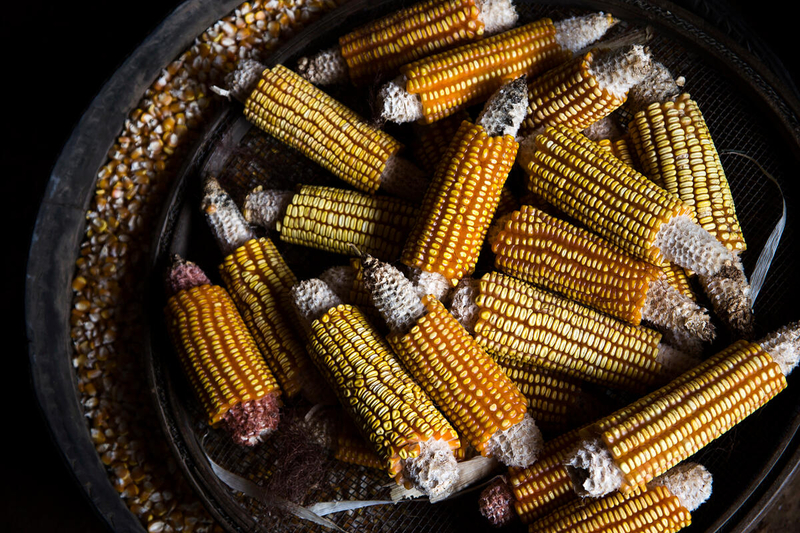
Indicator 2.1.2 Prevalence of moderate or severe food insecurity in the population, based on the Food Insecurity Experience Scale
This indicator provides internationally-comparable estimates of the proportion of the population facing moderate or severe difficulties in accessing food. The Food Insecurity Experience Scale (FIES) produces a measure of the severity of food insecurity experienced by individuals or households, based on direct interviews. The indicator will measure progress towards SDG Target 2.1.
Target 2.1
By 2030, end hunger and ensure access by all people, in particular the poor and people in vulnerable situations, including infants, to safe, nutritious and sufficient food all year round.
Indicator 2.1.2: Progress Assessment
Impact
The Food Insecurity Experience Scale (FIES) provides actionable information that policy makers can use to identify vulnerable population groups and guide policy interventions to ensure no one is left behind. As a direct measure of people’s access to adequate food, it complements the information provided by the SDG Indicator 2.1.1.Key results
The prevalence of moderate or severe food insecurity remains above pre-COVID-19 pandemic levels, with little change in four years. In 2023, an estimated 28.9 percent of the global population – 2.33 billion people – were moderately or severely food insecure, meaning they did not have regular access to adequate food.
The prevalence of moderate or severe food insecurity in Africa (58.0 percent) is nearly double the global average, whereas in Latin America and the Caribbean, Asia and Oceania, it is closer to the global estimate – 28.2, 24.8 and 26.8 percent, respectively.
Food insecurity affects women more than men, although the gender gap grew smaller in 2023. Globally, the percentage-point difference in the prevalence of moderate or severe food insecurity between men and women fell from 3.6 in 2021 to 2.3 in 2022 and narrowed further to 1.3 in 2023. The prevalence of food insecurity is also consistently higher in rural areas than in urban areas, while the prevalence in peri-urban areas compared to rural areas differs among regions.
Highlights
Elearning

SDG Indicator 2.1.2 - Using the Food Insecurity Experience Scale (FIES)
02/06/2023
In the context of reporting on the SDG Indicator 2.1.2, this course introduces the Food Insecurity Experience Scale (FIES) and explains how it can be...
Multimedia
SDG 2 – Indicators of hunger and severity of food insecurity
01/01/2019
An overview of SDG indicators 2.1.1 and 2.1.2, measuring hunger and severity of food insecurity.
Tracking progress on food and agriculture-related SDG indicators (2022)
01/09/2022
Tracking progress on food and agriculture-related SDG indicators offers detailed analyses and trends on selected indicators for which...
Capacity development
Methodology
Tier: I
Data
- SDG Indicators Global Database
- FAOSTAT - Suite of Food Security Indicators
- FAOSTAT - SDG Indicators
- Food and Agriculture Microdata (FAM) catalogue
















-jpg2.jpg?sfvrsn=e2ee17ca_1)







